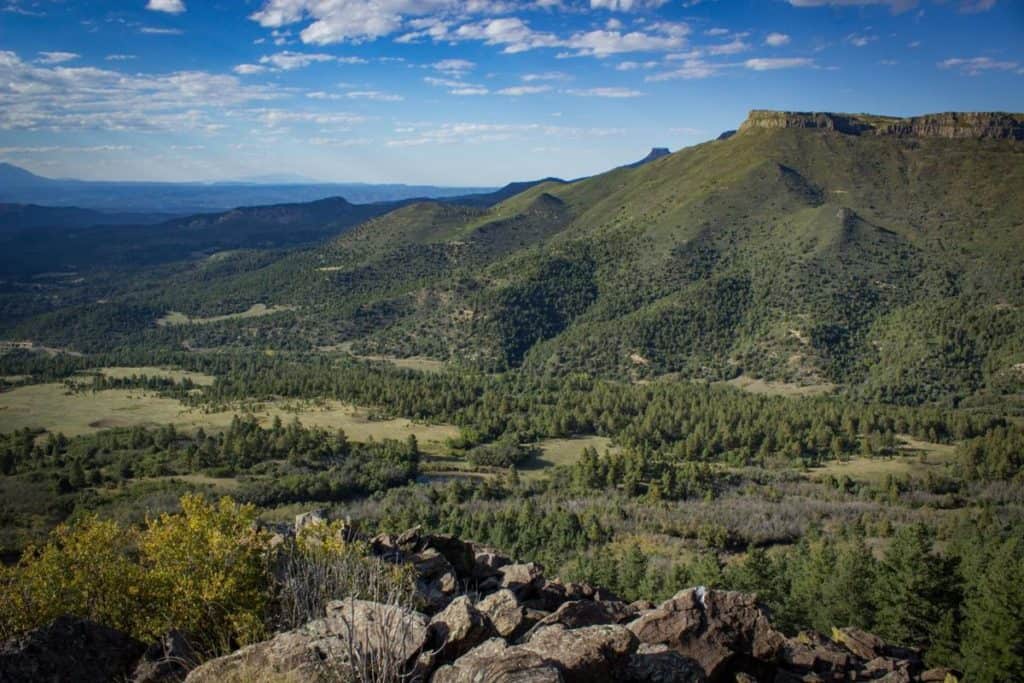Steve Wilent posted about the Trump administration allowing motorized electronic e-bikes on nonmotorized trails back in August. Here’s that post and discussion/debate.
Today, Public Employees for Environmental Responsibility (PEER) and a coalition of conservation groups and affected individuals filed a lawsuit to restore the ban on e-bikes in National Parks. Here’s the PEER press release:
Washington, DC — The recent National Park Service (NPS) order allowing electric bicycles on park trails violates several federal laws and should be rescinded, according to a lawsuit filed today by Public Employees for Environmental Responsibility (PEER) and a coalition of conservation groups and affected individuals. Nearly 25 National Park System units have acted to implement the e-bikes order.
Following a Secretarial Order by Interior Secretary David Bernhardt directing that all Interior Department agencies, including the NPS, immediately allow e-bikes “where other types of bicycles are allowed,” on August 30, 2019, Deputy NPS Director P. Daniel Smith issued a “Policy Memorandum” ordering all park superintendents to now allow e-bikes on trails where the parks currently allow bicycles.
The PEER suit cites several legal impediments to the NPS order, including that it:
• Violated NPS’s own regulations that may not be set aside by administrative fiat;
• Improperly evaded legally-required environmental reviews; and
• Came from an official, Smith, who lacked the authority to issue such an order.
“This e-bikes order illustrates an improper and destructive way to manage our National Parks,” stated PEER Executive Director Tim Whitehouse, a former enforcement attorney with the U.S. Environmental Protection Agency. “Concerned groups and individuals are joining PEER in demanding that the Park Service follow the normal regulatory processes and assess the additional impacts that higher speed e-bike riders pose both to other trail users and to wildlife in the parks.”
It also turns out that Bernhardt and Smith’s staffs have been regularly meeting behind closed doors with an industry-dominated advisory committee called the “E-bike Partner & Agency Group” at Interior Headquarters and through teleconferences. E-bike vendors stand to profit from the NPS move. The PEER suit demands a halt to these meetings because they violate the Federal Advisory Committee Act, which requires transparency to prevent such clandestine lobbying.
“The impetus from industry is not surprising given that, as a former industry lobbyist himself, Secretary Bernhardt is known for hearing industry concerns and not public concerns,” added Whitehouse, noting that other Bernhardt moves, such as forbidding parks from trying to limit plastic bottle sales, are a form of creeping commercialization affecting park policies. “E-bikes represent another inroad of commercialized recreation into our National Parks.”
Joining PEER in the suit as co-plaintiffs are Wilderness Watch, Marin Conservation League, Environmental Action Committee of West Marin, Save Our Seashore, and three impacted individuals.
See partial list of National Park units moving to allow e-bikes




